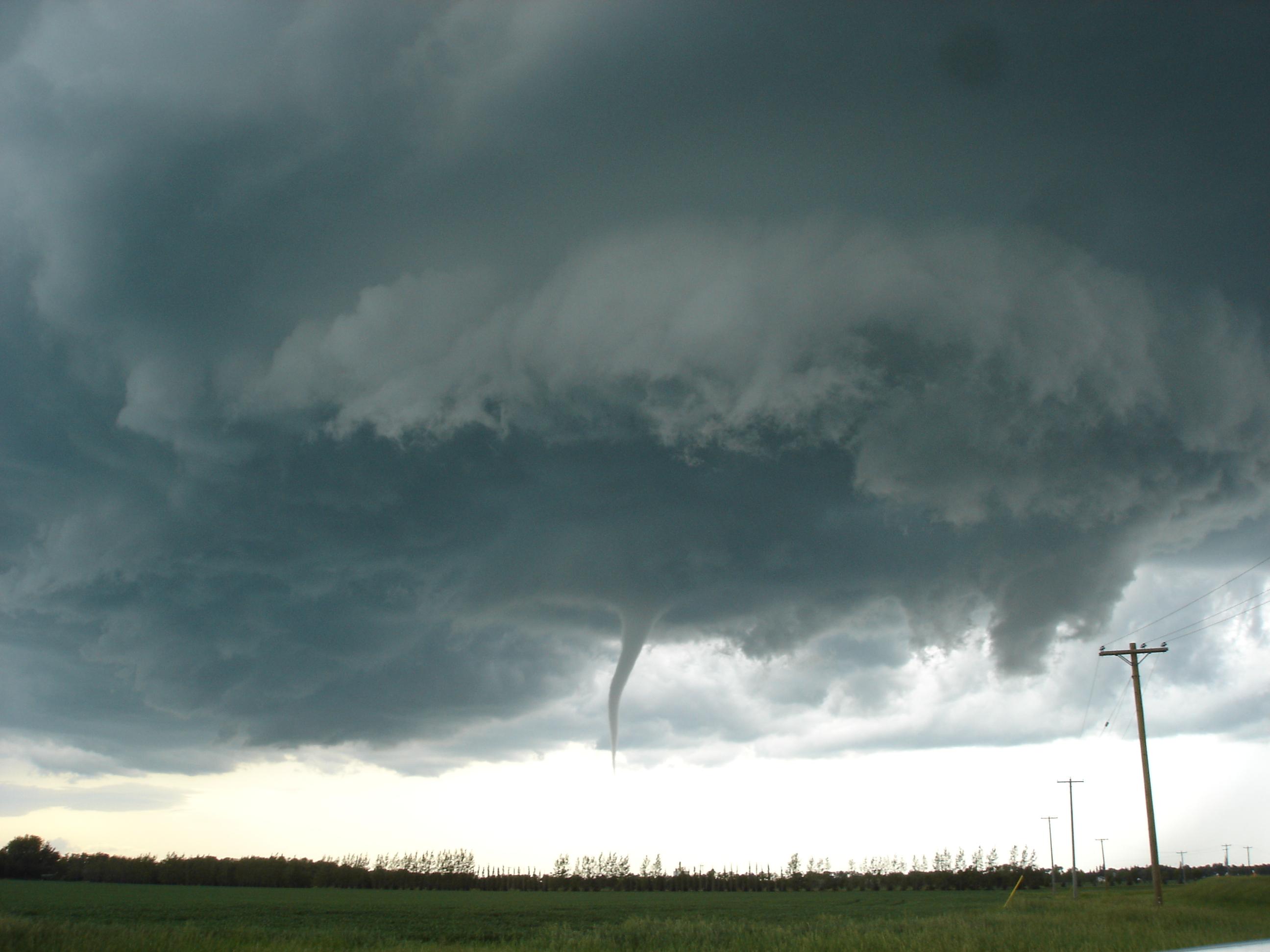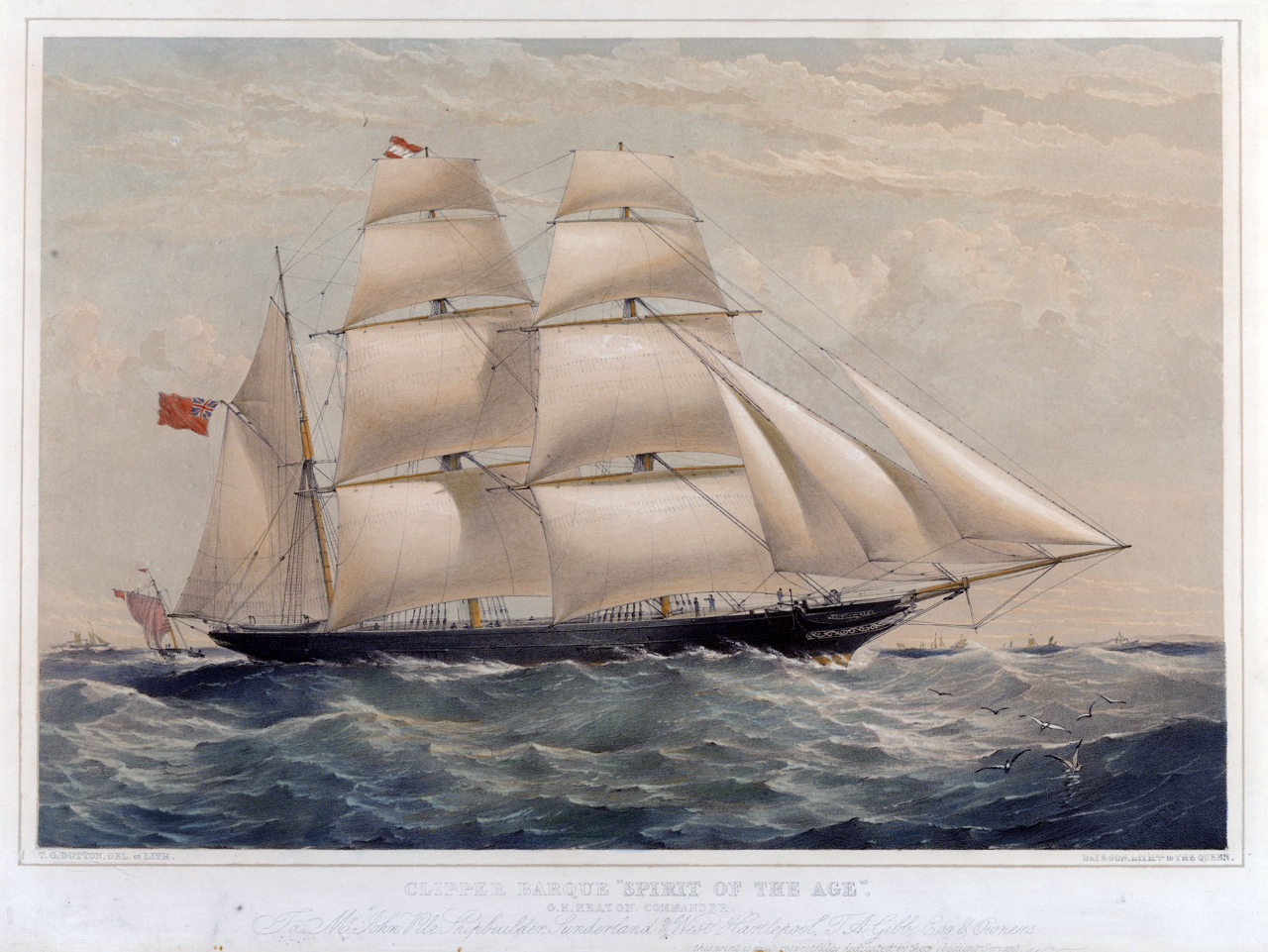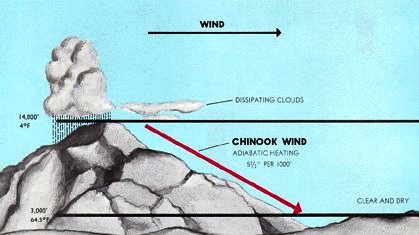|
Special Weather Statement
A Special Weather Statement ( SAME event code SPS) is a form of weather advisory. Special Weather Statements are issued by the National Weather Service of the United States (the NWS) and the Meteorological Service of Canada (the MSC). There are no set criteria for special weather statements in either country. United States A Special Weather Statement may be issued by the NWS for hazards that have not yet reached warning or advisory status or that do not have a specific code of their own, such as widespread funnel clouds. They are also occasionally used to clear counties from severe weather watches. Occasionally, special weather statements appear as heat advisories. An EAS activation can and may be requested on very rare occasions. Special Weather Statements may also be issued for possible fire weather conditions, such as an enhanced risk. Sometimes, Special Weather Statements may be issued to update on current weather conditions, but that is mostly issued by a Short Term Forecast ... [...More Info...] [...Related Items...] OR: [Wikipedia] [Google] [Baidu] |
Specific Area Message Encoding
Specific Area Message Encoding (SAME) is a protocol used for framing and classification of broadcast emergency warning messages. It was developed by the United States National Weather Service for use on its NOAA Weather Radio (NWR) network, and was later adopted by the Federal Communications Commission for the Emergency Alert System, then subsequently by Environment Canada for use on its Weatheradio Canada service. It is also used to set off receivers in Mexico City and surrounding areas as part of the Mexican Seismic Alert System (SASMEX). History From the 1960s to the 1980s, a special feature of the NOAA Weather Radio (NWR) system was the transmission of a single attention tone prior to the broadcast of any message alerting the general public of significant weather events. This became known as the Warning Alarm Tone (WAT). Although it served NWR well, there were many drawbacks. Without staff at media facilities to manually evaluate the need to rebroadcast an NWR message using ... [...More Info...] [...Related Items...] OR: [Wikipedia] [Google] [Baidu] |
National Weather Service
The National Weather Service (NWS) is an Government agency, agency of the Federal government of the United States, United States federal government that is tasked with providing weather forecasts, warnings of hazardous weather, and other weather-related products to organizations and the public for the purposes of protection, safety, and general information. It is a part of the National Oceanic and Atmospheric Administration (NOAA) branch of the United States Department of Commerce, Department of Commerce, and is headquartered in Silver Spring, Maryland, Silver Spring, Maryland, within the Washington metropolitan area. The agency was known as the United States Weather Bureau from 1890 until it adopted its current name in 1970. The NWS performs its primary task through a collection of national and regional centers, and 122 local List of National Weather Service Weather Forecast Offices, Weather Forecast Offices (WFOs). As the NWS is an agency of the U.S. federal government, most o ... [...More Info...] [...Related Items...] OR: [Wikipedia] [Google] [Baidu] |
Meteorological Service Of Canada
The Meteorological Service of Canada (MSC; french: Service météorologique du Canada – SMC) is a division of Environment and Climate Change Canada, which primarily provides public meteorological information and weather forecasts and warnings of severe weather and other environmental hazards. MSC also monitors and conducts research on the climate, atmospheric science, air quality, water quantities, ice and other environmental issues. MSC operates a network of radio stations throughout Canada transmitting weather and environmental information 24 hours a day called Weatheradio Canada. History Private Observations Prior to 1840, meteorological observations in Canada were made by private individuals, other entities (like HBC), and explorers, but this information was not provided to the general public. Her Majesty's Magnetic and Meteorological Observatory In 1840, British officials ( British Ordnance Department) and the Royal Society established an observatory in Toronto, Canada ... [...More Info...] [...Related Items...] OR: [Wikipedia] [Google] [Baidu] |
Funnel Cloud
A funnel cloud is a funnel-shaped cloud of condensed water droplets, associated with a rotating column of wind and extending from the base of a cloud (usually a cumulonimbus or towering cumulus cloud) but not reaching the ground or a water surface. A funnel cloud is usually visible as a cone-shaped or needle like protuberance from the main cloud base. Funnel clouds form most frequently in association with supercell thunderstorms, and are often, but not always, a visual precursor to tornadoes. Funnel clouds are visual phenomena, these are not the vortex of wind itself. "Classic" funnel clouds If a funnel cloud touches the surface the feature is considered a tornado, although ground level circulations begin before the visible condensation cloud appears. Most tornadoes begin as funnel clouds, but some funnel clouds do not make surface contact and these cannot be counted as tornadoes from the perspective of a naked eye observer, even as tornadic circulations of some intensity alm ... [...More Info...] [...Related Items...] OR: [Wikipedia] [Google] [Baidu] |
Tornado Watch
A tornado watch ( SAME code: TOA) is a severe weather watch product issued by national weather forecasting agencies when meteorological conditions are favorable for the development of severe thunderstorms capable of producing tornadoes. In addition to the potential for tornado development, thunderstorms that develop within the watch area may contain large hail, straight-line winds, intense rainfall and/or flooding that pose a similar damage risk as the attendant tornado threat. A tornado watch does not mean a tornado is active or ''will'' appear, just that favorable conditions increases the likelihood of such happening. A watch must not be confused with a tornado warning. Definition A ''tornado watch'' indicates that atmospheric conditions observed in and close to the watch area have created a significant risk for the development and intensification of severe convective thunderstorms capable of producing tornadoes, and are normally issued in advance of the onset of severe weathe ... [...More Info...] [...Related Items...] OR: [Wikipedia] [Google] [Baidu] |
Heat Advisory
A heat advisory is a notice issued by the National Weather Service of the United States. Local offices often have their own criteria. High values of the heat index are caused by temperatures being significantly above normal and high Relative humidity, humidities, and such high levels can pose a threat to human life through conditions such as heat stroke. Example The following is an example of a heat advisory issued by the National Weather Service office in Pittsburgh, Pittsburgh, Pennsylvania. URGENT - WEATHER MESSAGE National Weather Service Pittsburgh PA 341 PM EDT Wed Jul 8 2020 OHZ039>041-048>050-057>059-068-069-PAZ020-021-029-031-073-075- WVZ001>004-012-021-509-090345- /O.NEW.KPBZ.HT.Y.0001.200709T1700Z-200710T0000Z/ Tuscarawas-Carroll-Columbiana-Coshocton-Harrison-Jefferson OH- Muskingum-Guernsey-Belmont-Noble-Monroe-Beaver-Allegheny- Washington-Greene-Westmoreland-Fayette-Hancock-Brooke-Ohio- Marshall-Wetzel-Marion-Monongalia- Including the cities of New Philadelphia, Dov ... [...More Info...] [...Related Items...] OR: [Wikipedia] [Google] [Baidu] |
Arctic Outflow
A squamish (also known as an Arctic outflow wind in winter months) is a strong and often violent wind occurring in many of the fjords, inlets and valleys of British Columbia. Squamishes occur in those fjords oriented in a northeast–southwest or east–west direction where cold polar air can be funneled westward, the opposite of how the wind generally flows on the Coast. These winds in winter can create high windchills by coastal standards of . They are notable in Jervis, Toba, and Bute Inlets and in Dean Channel and the Portland Canal. Squamishes lose their strength when free of the confining fjords and are not noticeable more than 25 km offshore. In Northern Washington including Lynden and Bellingham, and Lower Mainland, including Eastern Vancouver Island, of British Columbia, they are mainly referred to as outflow winds, they are noticeable especially in the winter, when a cold Arctic air mass holding in the high plateau country of the interior flows down to the sea thr ... [...More Info...] [...Related Items...] OR: [Wikipedia] [Google] [Baidu] |
Alberta Clipper
An Alberta clipper, also known as an Alberta low, Alberta cyclone, Alberta lee cyclone, Canadian clipper, or simply clipper, is a fast-moving low-pressure system that originates in or near the Canadian province of Alberta just east of the Rocky Mountains and tracks east-southeastward across southern Canada and the northern United States to the North Atlantic Ocean. Alberta clippers constitute a major winter-season storm track for extratropical cyclones in the Northern Hemisphere, tracking across the continent in 2–3 days while affecting weather in parts of the Prairies and central provinces of Canada, as well as the Upper Midwest, Great Lakes, and New England portions of the United States. They are associated with cold, dry continental air masses and generate small-scale, short-lived weather events typically producing 8–15 cm (3-6 inches) of snow in a 3-6 hour period. However, they can precipitate sudden temperature drops and sharp winds leading to local blizzard c ... [...More Info...] [...Related Items...] OR: [Wikipedia] [Google] [Baidu] |
Thunderstorm
A thunderstorm, also known as an electrical storm or a lightning storm, is a storm characterized by the presence of lightning and its acoustic effect on the Earth's atmosphere, known as thunder. Relatively weak thunderstorms are sometimes called thundershowers. Thunderstorms occur in a type of cloud known as a cumulonimbus. They are usually accompanied by strong winds and often produce heavy rain and sometimes snow, sleet, or hail, but some thunderstorms produce little precipitation or no precipitation at all. Thunderstorms may line up in a series or become a rainband, known as a squall line. Strong or severe thunderstorms include some of the most dangerous weather phenomena, including large hail, strong winds, and tornadoes. Some of the most persistent severe thunderstorms, known as supercells, rotate as do cyclones. While most thunderstorms move with the mean wind flow through the layer of the troposphere that they occupy, vertical wind shear sometimes causes a de ... [...More Info...] [...Related Items...] OR: [Wikipedia] [Google] [Baidu] |
Chinook Wind
Chinook winds, or simply Chinooks, are two types of prevailing warm, generally westerly winds in western North America: Coastal Chinooks and interior Chinooks. The coastal Chinooks are persistent seasonal, wet, southwesterly winds blowing in from the ocean. The interior Chinooks are occasional warm, dry föhn winds blowing down the eastern sides of interior mountain ranges. The coastal Chinooks were the original term, used along the northwest coast, and the term in the interior of North America is later and derives from the coastal term. * Along the Pacific Northwest coast, where the name is pronounced ('chin'+'uk'), the name refers to wet, warm winds off the ocean from the southwest; this is the original use of the term. The coastal Chinook winds deliver tremendous amounts of moisture both as rain along the coast and snow in the coastal mountains, that sustain the characteristic temperate rainforests and climate of the Pacific Northwest. * In North American western interior, ... [...More Info...] [...Related Items...] OR: [Wikipedia] [Google] [Baidu] |
Severe Weather Terminology (United States)
This article describes severe weather terminology used by the National Weather Service (NWS) in the United States. The NWS, a government agency operating as an arm of the National Oceanic and Atmospheric Administration (NOAA) branch of the United States Department of Commerce (DoC), defines precise meanings for nearly all of its weather terms. This article describes NWS terminology and related weather scales used by the agency. Some terms may be specific to certain cities or regions. Specific Area Message Encoding (SAME) product codes assigned to each term for NOAA Weather Radio (NWR) broadcasts are included in parentheses following the title of the described alert type if used; products that do not have a specified code are identified where applicable as Non-Precipitation Warnings/Watches/Advisories (NPW), Coastal Flood Warnings/Watches/Advisories (CFW), Marine Weather Statement (MWS), Surf Discussion (SRD) or Winter Weather Warnings/Watches/Advisories (WSW) as defined by NOAA. D ... [...More Info...] [...Related Items...] OR: [Wikipedia] [Google] [Baidu] |
Severe Weather Terminology (Canada)
This article describes severe weather terminology used by the Meteorological Service of Canada, a branch within Environment and Climate Change Canada. The article primarily describes various weather warnings, and their criteria. Related weather scales and general weather terms are also addressed in this article. Some terms are specific to certain regions. Warning categories Severe weather bulletins are issued as a watch or a warning, depending on the risk or severity of the event. *Watches are issued when conditions are favourable for the development of severe weather, but the occurrence, location, and/or timing is still too uncertain to issue a warning. The target lead time for severe thunderstorm watches is typically six hours before the event, whereas watches for winter events have a target lead time of 12 to 24 hours in advance. Watches are intended to raise awareness of the public to the potential for hazardous weather conditions, and typically serve as a lead-up to a warnin ... [...More Info...] [...Related Items...] OR: [Wikipedia] [Google] [Baidu] |






